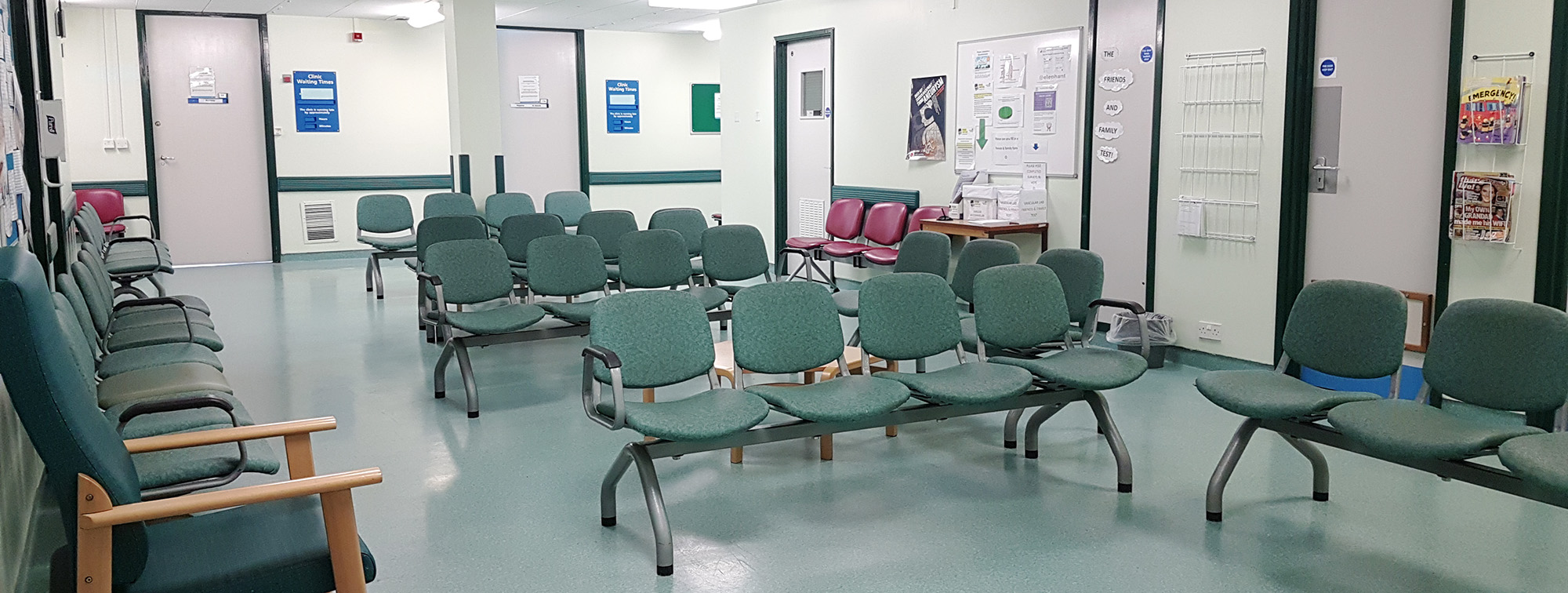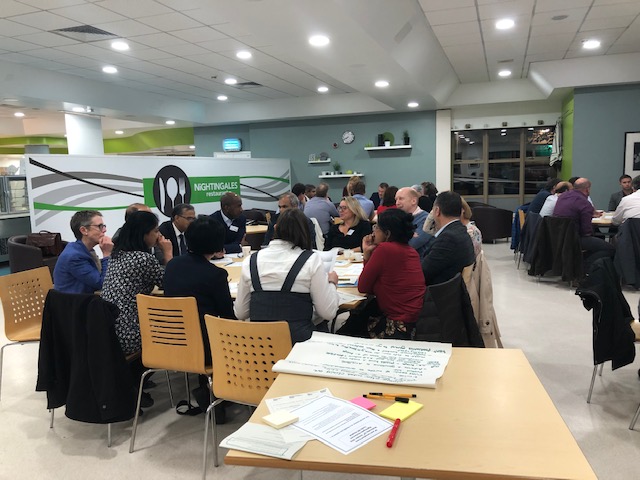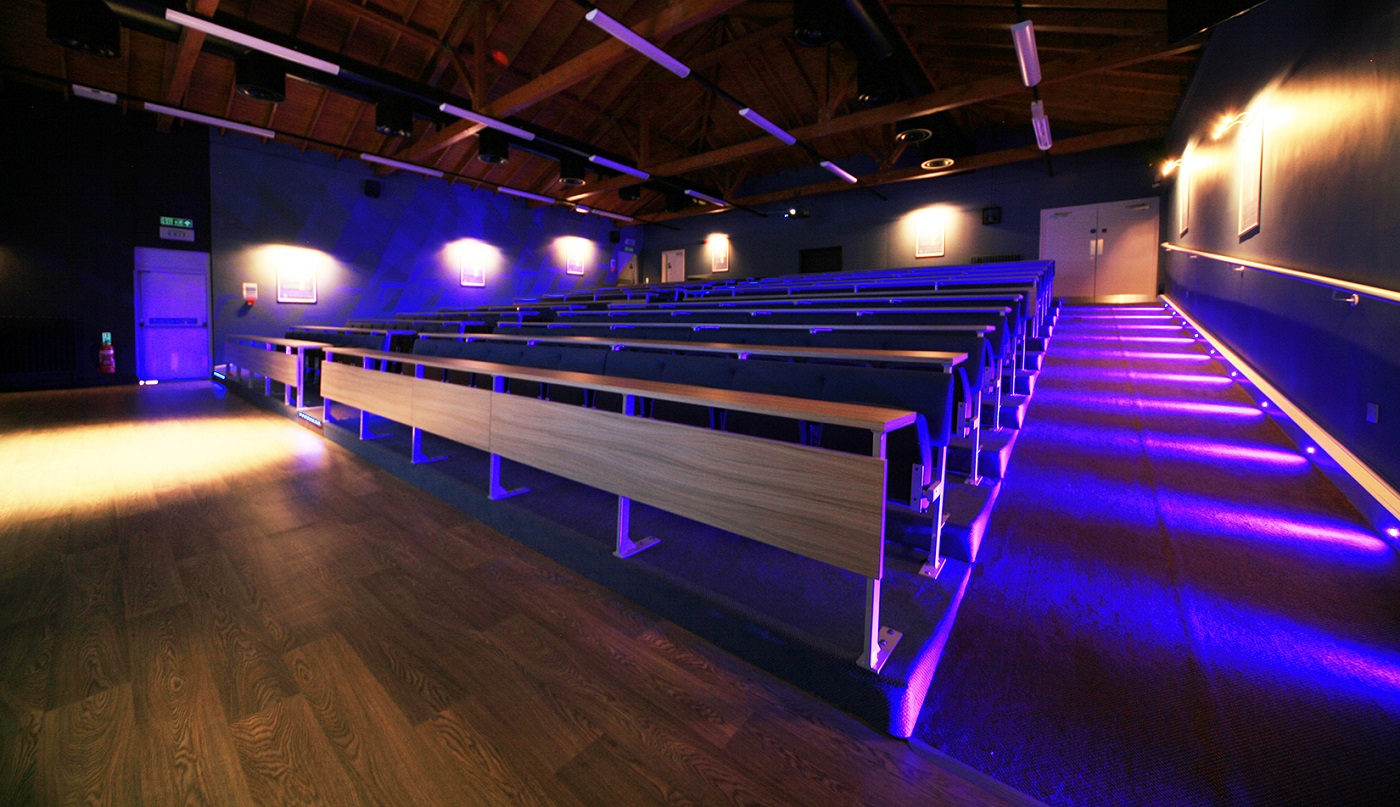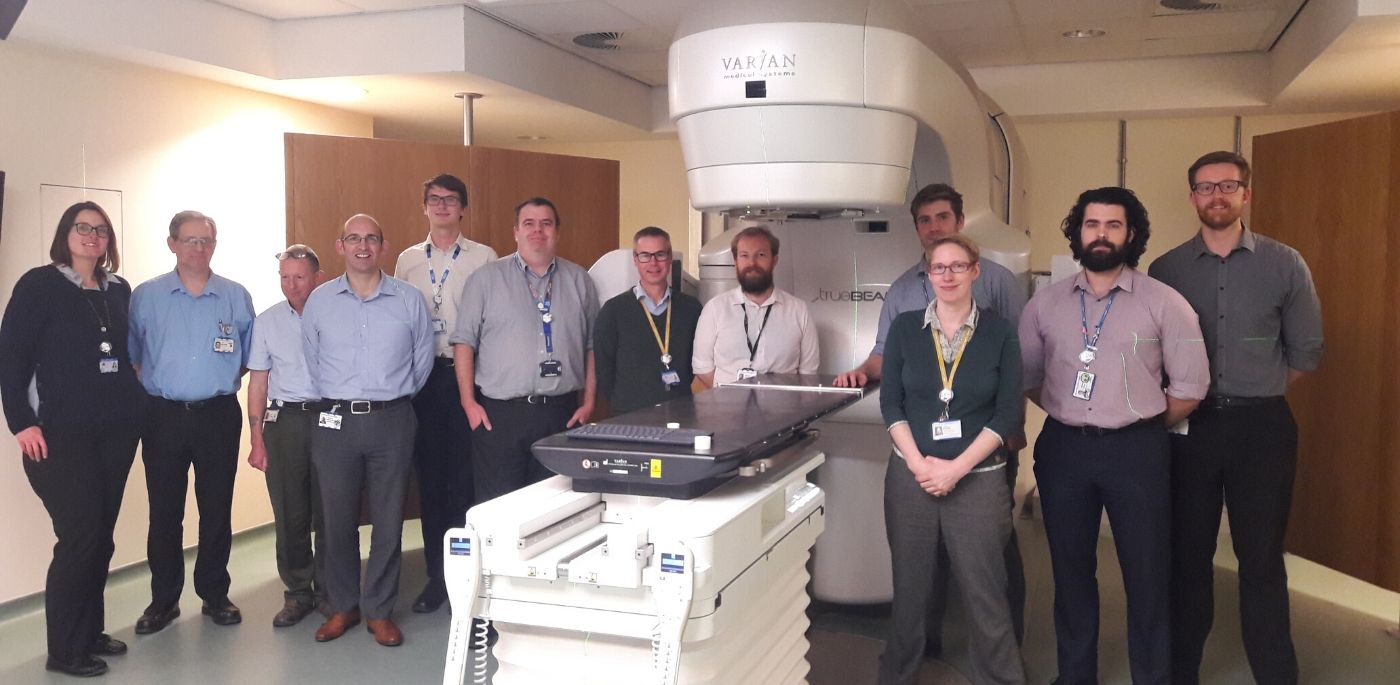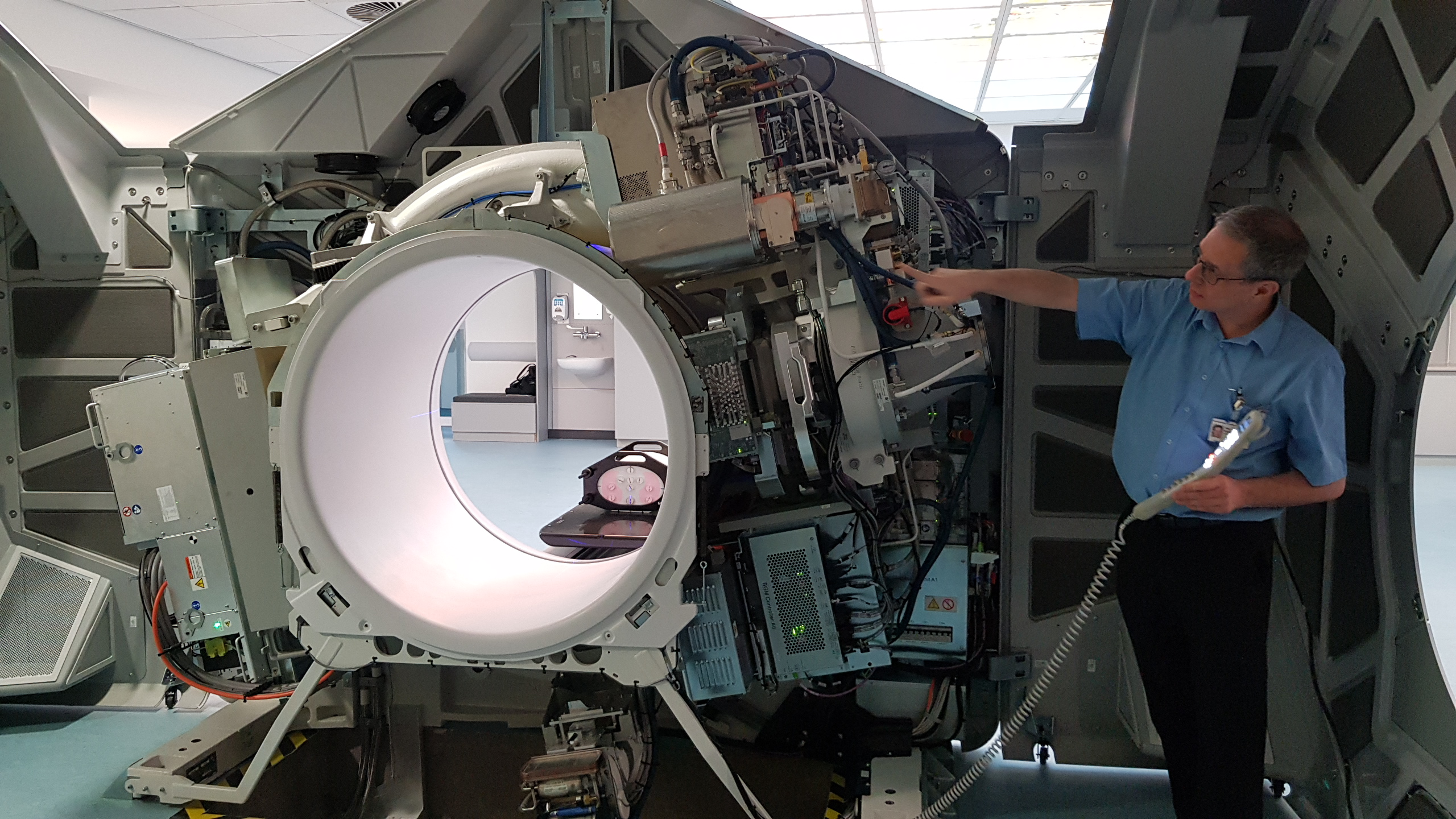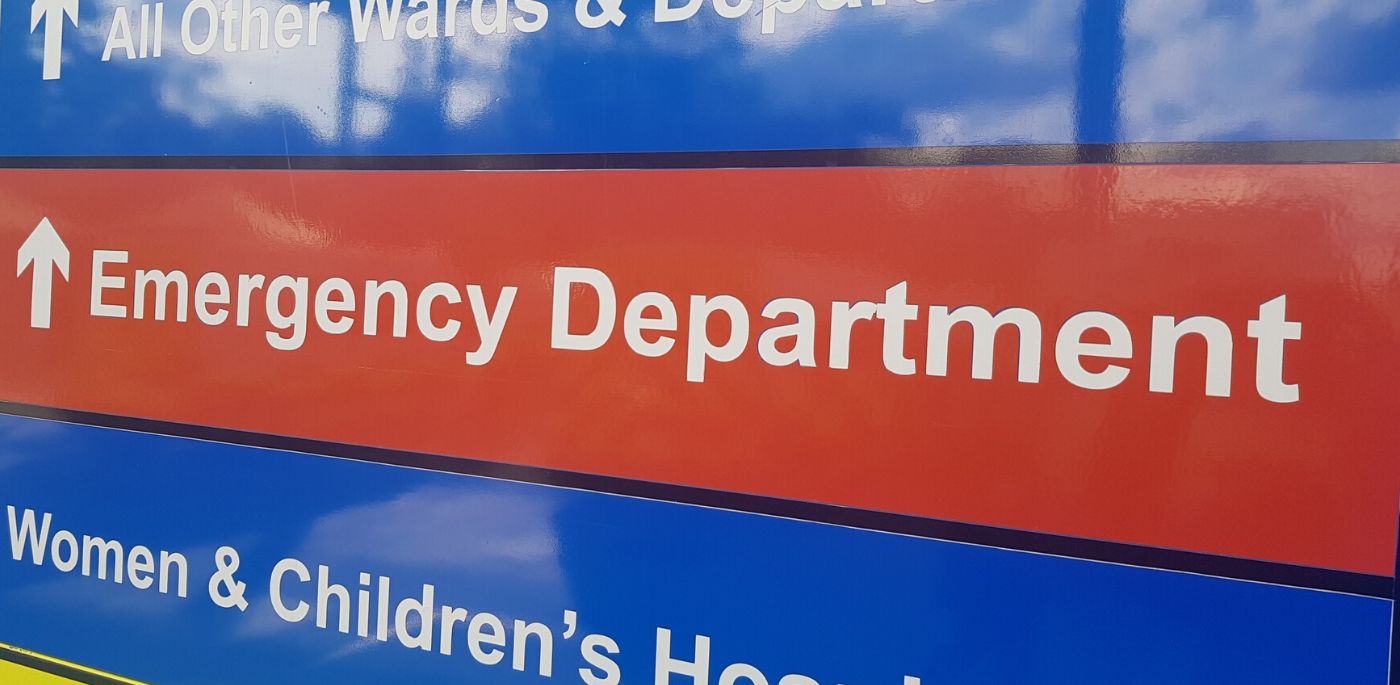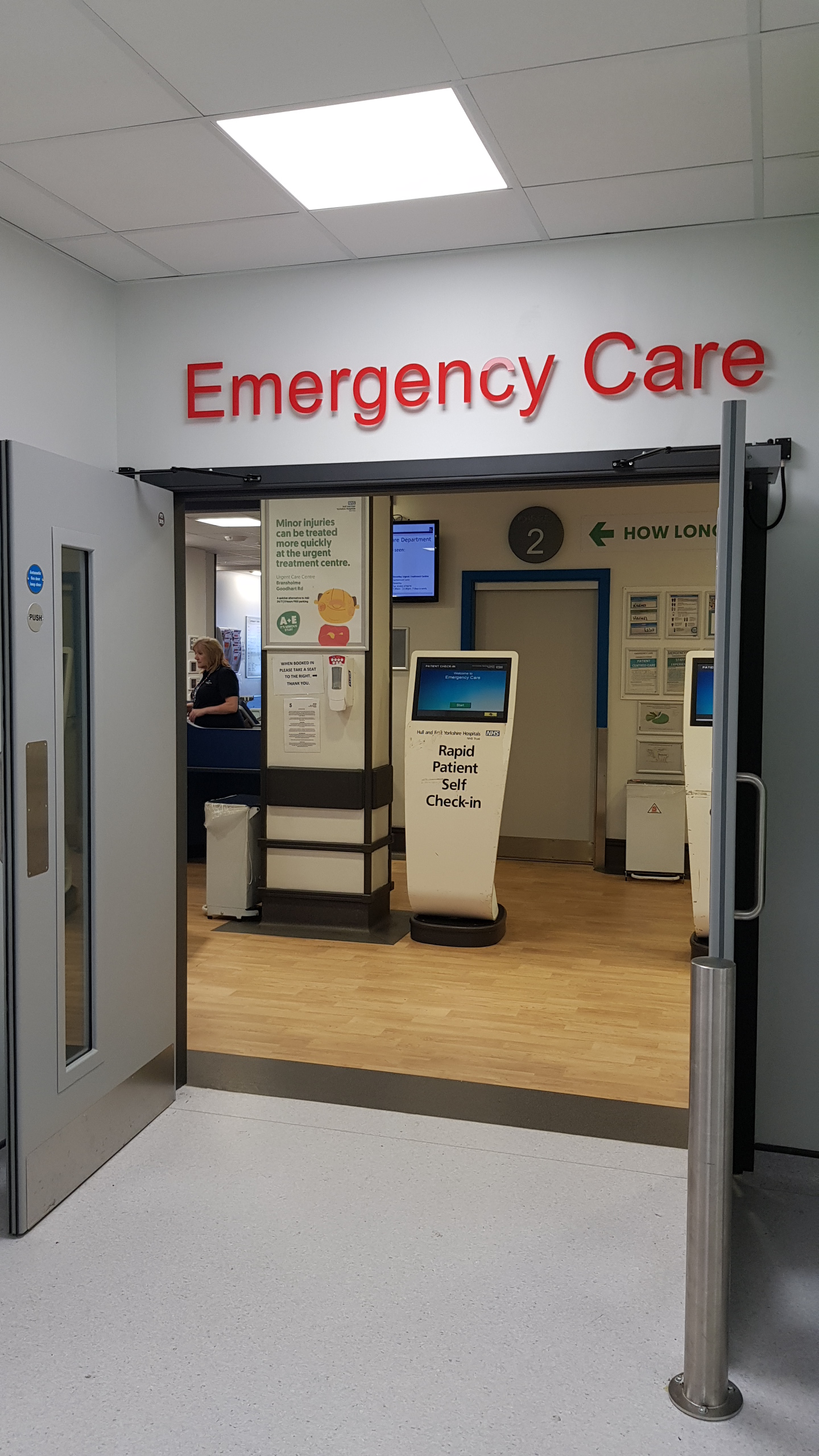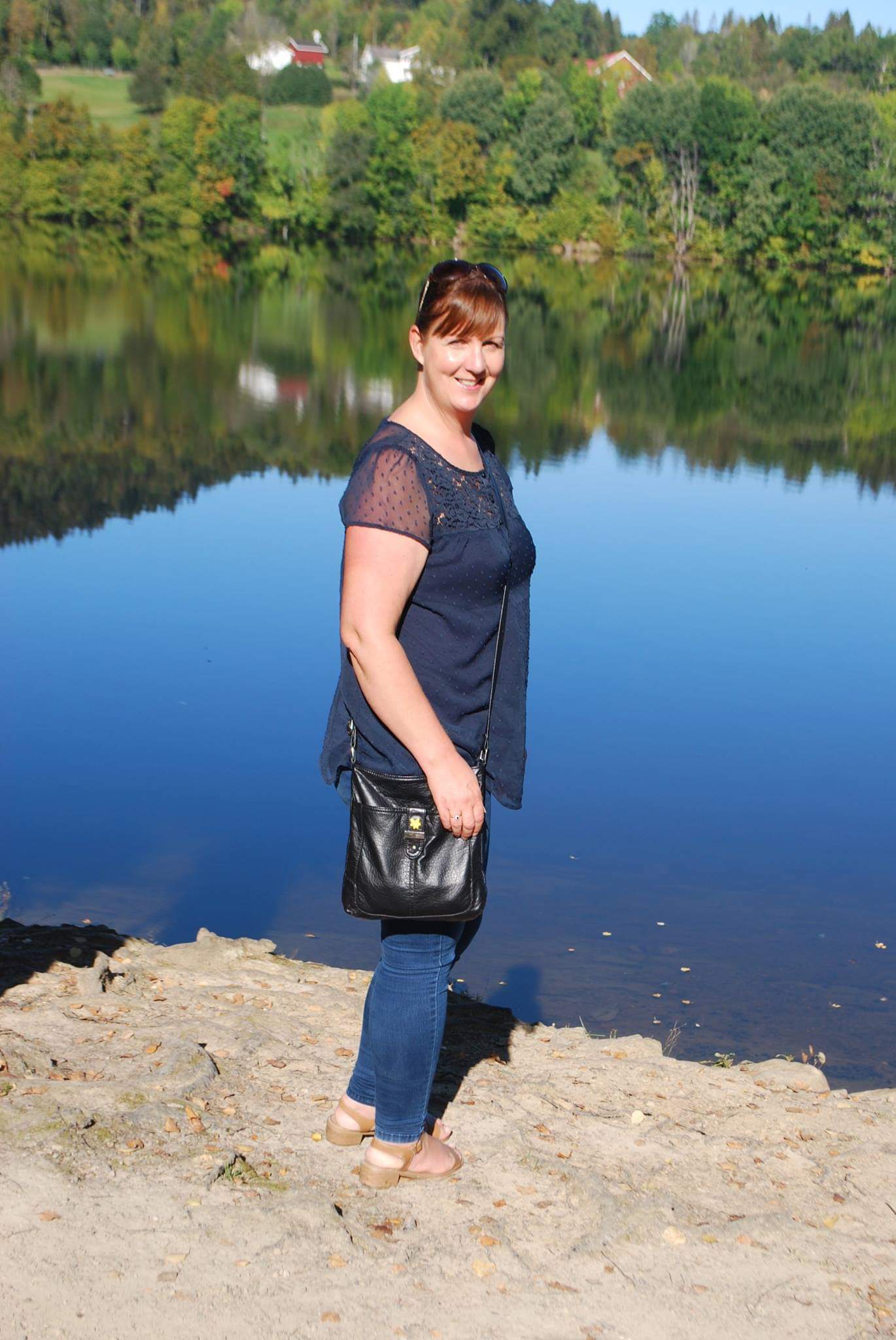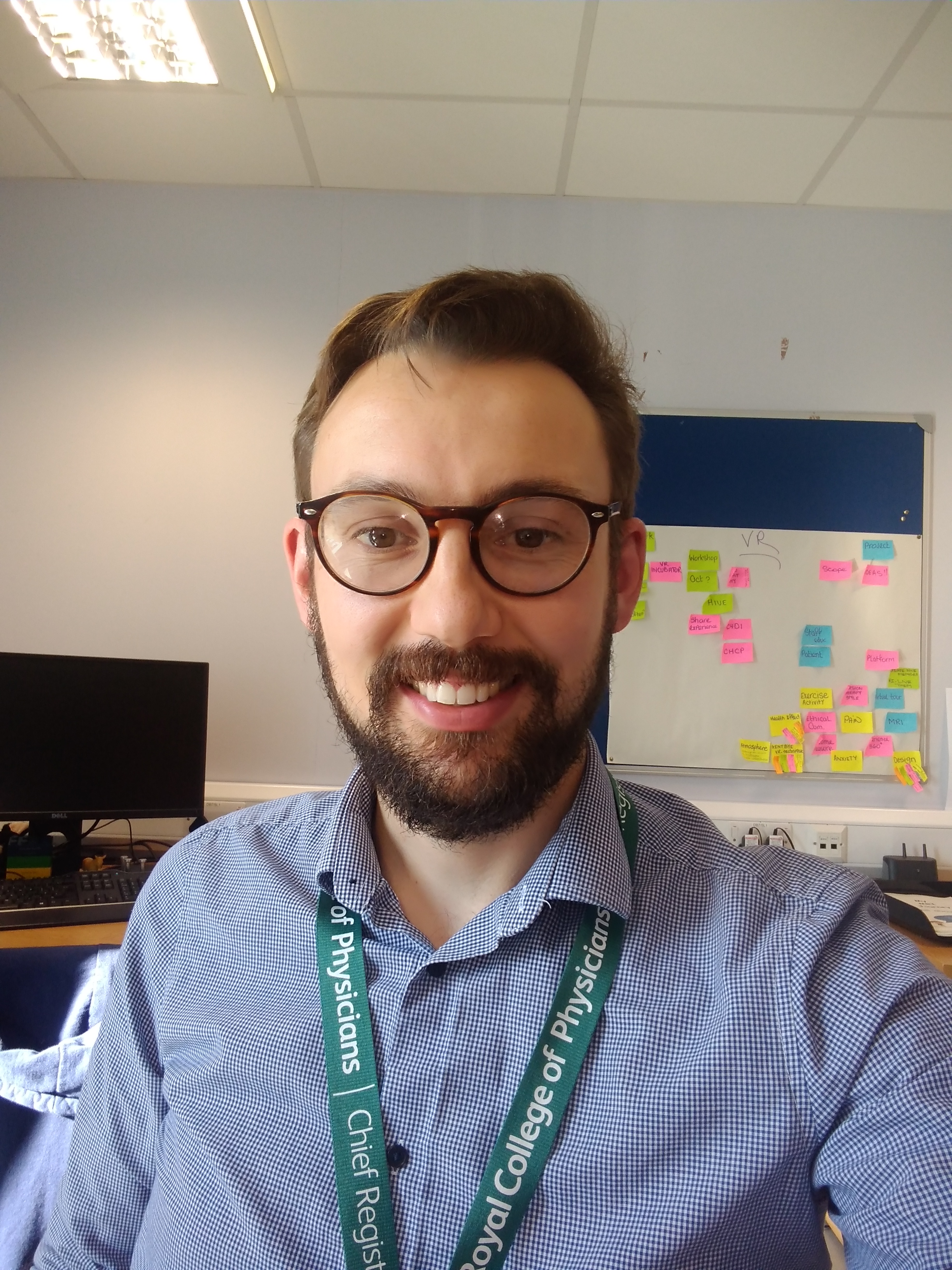He spent seven years in a refugee camp, watching the sick and dying suffer in a camp with little access to nursing or medical help.
Justin Mwange fled to Zambia from the war-torn Democratic Republic of Congo as a teenager with his family and spent seven years living in abject poverty and deprivation.
He watched men, women and children dying at the side of the road because they were not able to get medical attention and what he saw in the camp fuelled his passion to help the sick and vulnerable.
Despite his lack of formal education or access to financial support to further his studies, he was determined to become a nurse.
Justin, 40, was nominated for a national award by Hull University Teaching Hospitals NHS Trust after achieving his dream of becoming a nurse and impressing staff throughout his placements at Hull Royal Infirmary and Castle Hill Hospital.
“Being in a refugee camp for seven years, I lost my self-esteem and self-confidence of achieving anything in my life,” Justin said. “I always see myself at the bottom of the queue and as the weakest link in anything.
“Just being nominated for the award has raised my self-confidence and self- esteem.”
During his years in the refugee camp, Justin volunteered as a support worker with Medecins Sans Frontieres to support people with malnutrition. He would help monitor blood sugars, weigh patients and distribute extra food parcels to children and the most vulnerable adults to keep them alive.
Although fluent in French and Swahili, he spoke little English when he arrived in the country with his wife Elizabeth Nyota in 2007 as part of a refugee resettlement programme. He moved to Hull where he started English classes and took a job working in a factory to provide for his family.
He completed an English as a Foreign Language programme at the University of Hull before applying to study social work. He graduated as a social worker in 2012 with a 2:1.
He worked as a care assistant in the community and supported clients with learning difficulties and children with autism for almost four years before he enrolled at the university to study nursing in 2016.
Throughout his Bachelor of Science nursing degree at the University of Hull, Justin has come to Hull Royal and Castle Hill Hospital on placements and has proven to be a valuable member of the nursing team.
As well as his work at the hospital, Justin is an active member of the Jubilee Church in the city and has helped to form a support group for Congolese refugees, helping children to celebrate their culture, heritage and language.
He also contributes to a shared savings pot which supports families in times of bereavement or financial worries to prevent them relying on Hull City Council for support.
Justin was nominated for the Chief Nursing Officer’s award in the category of BME Student Diversity by Vicky Needler, Practice Learning Facilitator at the trust.
He said: “It was a long journey to get to where I am now and I am feeling very proud to fulfil my ambition of becoming a nurse.
“My contribution, however little, if it makes a difference in people’s lives, will be a big achievement in my life. I just hope this new career works for me so that can put a smile of people’s faces.”
Vicky Needler said Justin was training on the trust’s Infectious Diseases ward and was able to help a patient from Africa, using their common language and his understanding of the person’s cultural background to help them understand their treatment. Although Justin didn’t go on to win the award in October, Vicky said he was already making a difference to patient care.
She said: “Justin is an outstanding individual who has overcome more than most people could ever imagine to achieve his aims of becoming a nurse.
“Justin will be joining the team on Ward 10 at Castle Hill after qualifying as a registered nurse and he will be such as asset to patient care.
“He shows such compassion to patients and we are certain he will become an excellent nurse. We are very lucky to have had him with us throughout his studies and he is destined for a fantastic nursing career.”


